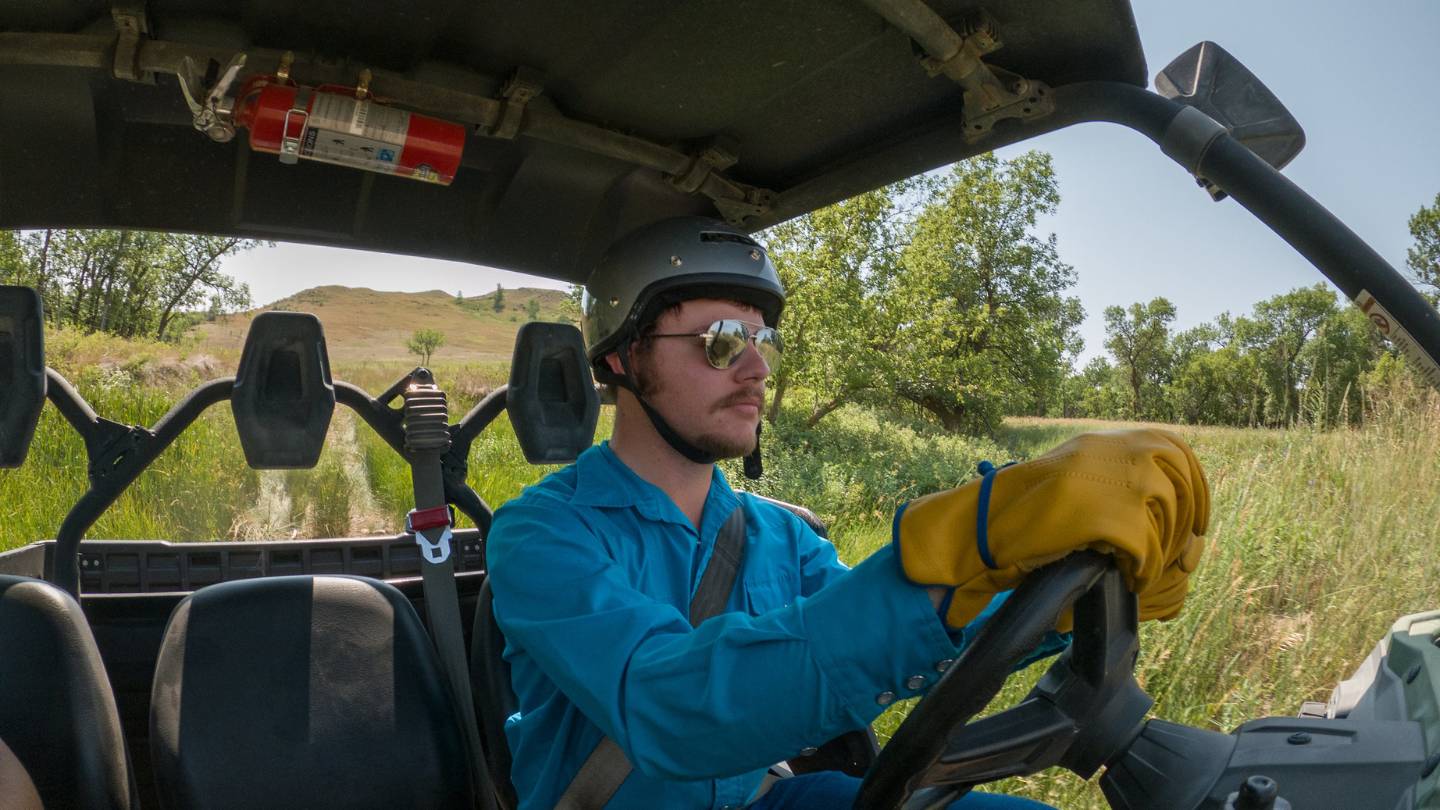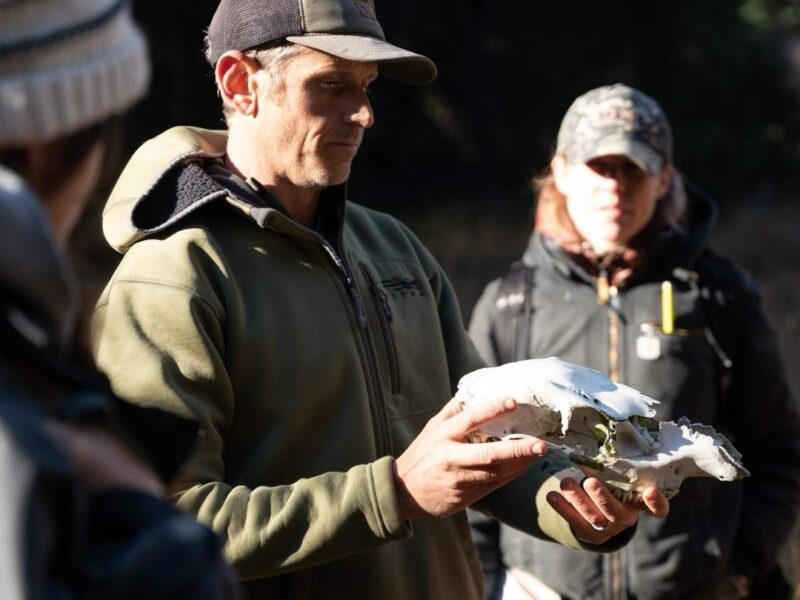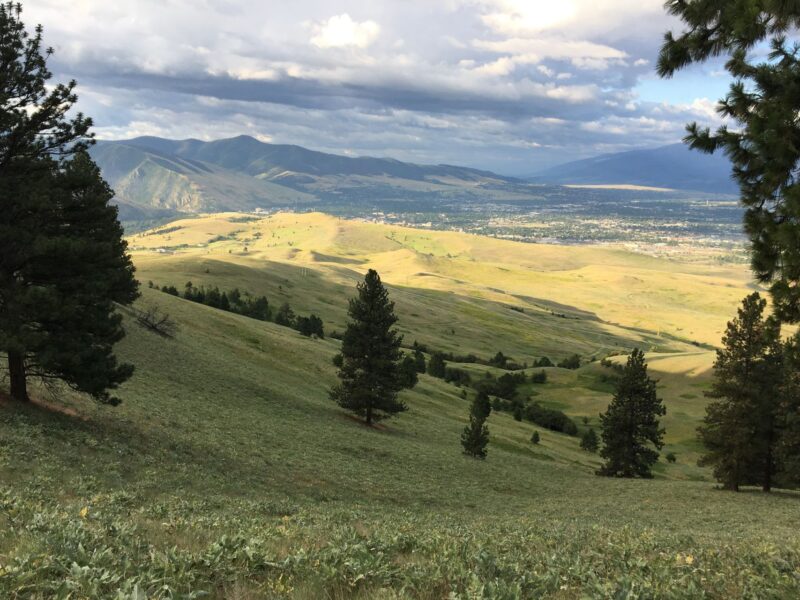Farm Bill Funding Freeze: Updates and Opportunities
The American Relief Act of 2025, signed into law on December 21, 2024, extended the Agriculture Improvement Act of 2018 (2018 Farm Bill) through September 30, 2025. This extension maintains funding levels set in the 2018 Farm Bill while increasing support for the FSA’s economic aid and disaster assistance programs. To see the full list of funded programs, visit the USDA Farm Bill’s Webpage.
Shortly after taking office, the Trump administration initiated a funding freeze to review USDA programs, including those funded by the Inflation Reduction Act (IRA), which had allocated $19.5 billion over 10 years for farm bill conservation programs. Programs affected by the freeze include the Environmental Quality Incentives Program (EQIP), Conservation Stewardship Program (CSP), Agricultural Conservation Easement Program (ACEP), Regional Conservation Partnership Program, among others. The Partnerships for Climate-Smart Commodities program has also been frozen, however, its funding does not come from IRA, but from the Commodity Credit Corporation (CCC).
By February 2025, newly appointed USDA Secretary Brooke Rollins announced the release of a portion of frozen funds, stating that contracts already made with farmers would be honored. The USDA released $20 million for EQIP, CSP, and ACEP, though many funds remain frozen as of this writing. A significant portion of IRA-allocated conservation funds remains unspent and under review.
Uncertainty remains over how the USDA will allocate the remaining IRA funds, as the agency has yet to release a clear plan. This has led to legal action from farmers and non-profits, who argue that withholding IRA-funded grants has caused financial losses and operational setbacks. For instance, a statement from a coalition in New Mexico led by Rocky Mountain Farmers Union said, “If USDA fails to fulfill its financial obligations, New Mexico will face increased farm losses, rising food insecurity, and reduced capacity to prepare for drought and wildfire. Urgent action is needed to prevent lasting damage to the state’s agricultural and food systems.”
With demand for these programs exceeding available funding, House and Senate agriculture committee leaders are pushing to roll the remaining IRA funds into the next farm bill, and removing the tie to climate-related practices. This would provide a much-needed boost to conservation program spending in the years ahead. In the meantime, while IRA funding for conservation programs remains in limbo, conservation programs are still receiving some funding through the farm bill extension passed in December. Signups for EQIP, ACEP, and CSP are still open across the West, but with growing demand and the absence of IRA funds, competition for enrollment is higher. Producers should expect more competition for funds generally, with fewer signup dates for EQIP and shorter signups for Grassland CRP.
Despite funding freezes, producers should reach out to their local NRCS service center for program details and enrollment opportunities. “The NRCS is still committed to supporting producers, especially for projects that address a critical resource concern,” said Traci Bruckner, chief policy officer with Western Landowners Alliance. “If there’s a resource concern, they will try to find a way to support action on it.” For any questions or concerns, producers can also contact WLA for guidance, she noted.
Upcoming Opportunities: Grassland CRP
The USDA’s FSA will host a sign up for the Conservation Reserve Program (CRP) and all CRP initiatives, including General, Continuous, CLEAR30, CREP, FWP, Grassland, SAFE, etc. The signup has not been announced, but will in the spring or summer. “Expect a short sign up period,” Bruckner told On Land.
Photo: U.S. Department of Agriculture USDA Natural Resources Conservation Services NRCS soil conservationist Jake Disney, assigned to the field office in Sturgis, SD, drives through an improved stream crossing on the Cammack Buffalo Ranch, where owners John and Melanie Cammack operate a 13,000-acre buffalo ranch with 600 mother cows, in Stoneville, SD, on July 21, 2021. USDA Photo Media by Lance Cheung. Public Domain.





